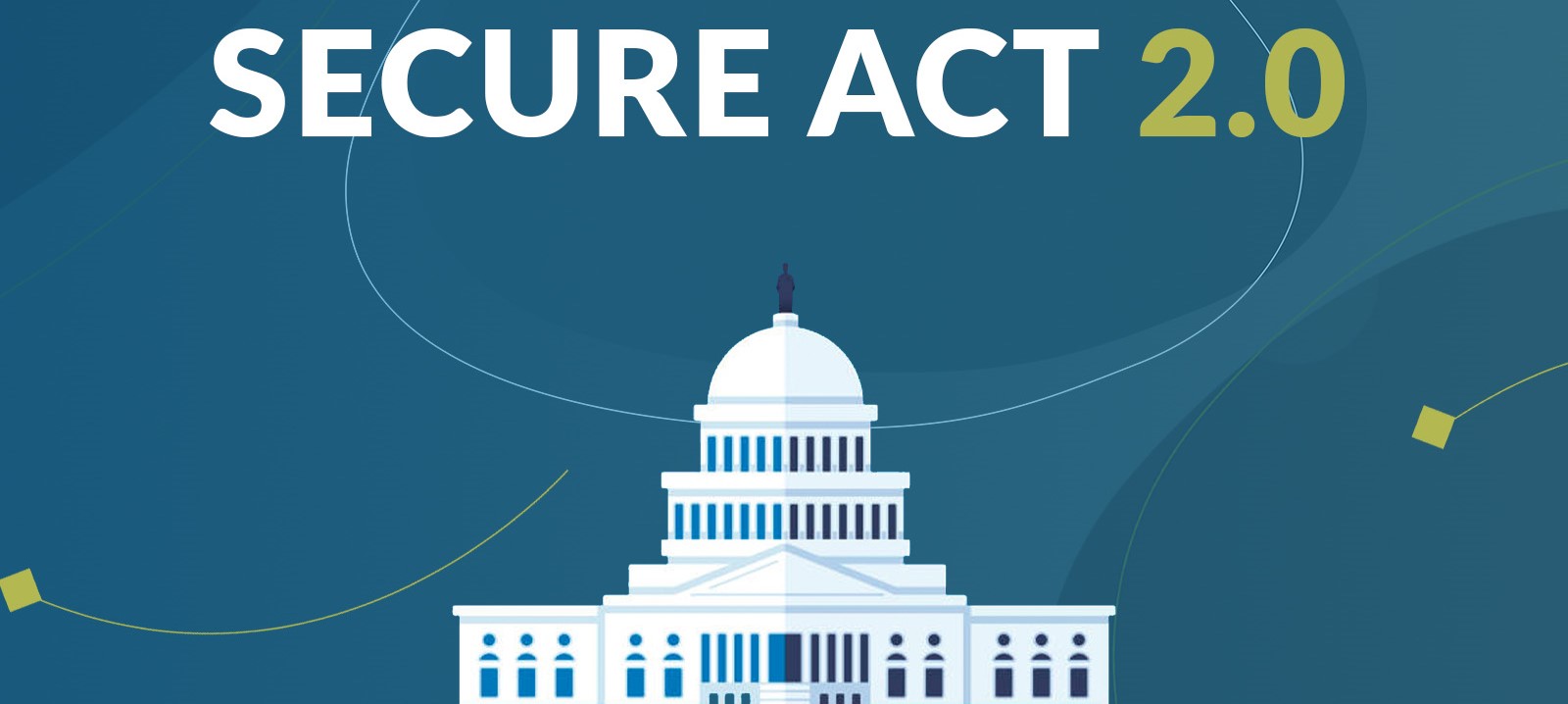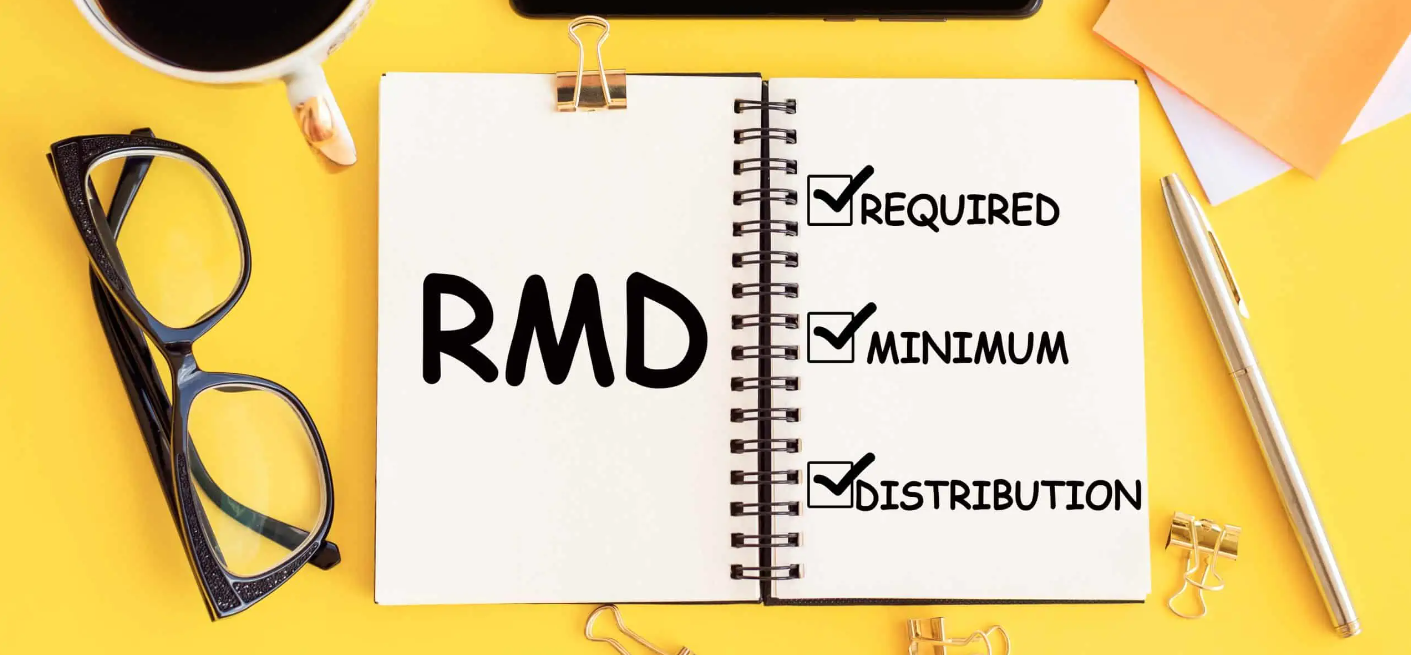SECURE 2.0 law made 92 new IRA and retirement plan changes. At 357 pages long, it’s no surprise SECURE 2.0 has several drafting errors and lots of unresolved questions.
Drafting Errors
RMD
The drafting errors will have to be fixed, either by Congress in “technical corrections” legislation or by the IRS. The first error involves the delay in the age when RMDs (required minimum distributions) must start. The way SECURE 2.0 now reads is that someone born during 1959 will have two RMD ages: 73 and 75.
Catch Up Contributions
Starting in 2024, higher-income 401(k) participants must make age-50-or-over catch-up contributions on a Roth basis. In making that change, Congress mistakenly took out an existing part of the tax code. The result is that no employees (higher-income or not) will be able to make any catch-up contributions (pre-tax or Roth) starting in 2024. Both of these must be corrected.
529 Accounts
There are several unclear issues concerning the SECURE 2.0 rule allowing 529 account owners, starting in 2024, to roll over up to $35,000 of unused 529 funds to a Roth IRA. The 529 plan must have been open for more than 15 years to do the rollover. But SECURE 2.0 isn’t clear what happens when a 529 owner changes beneficiaries. Is the period that the 529 account was open for the prior beneficiary tacked on, or does a new 15-year period start fresh? Also, does the $35,000 limit apply per 529 owners or per 529 beneficiaries?
10% Early Distribution Penalty
SECURE 2.0 eased the 10% early distribution penalty exception for certain public safety employees so that it applies for distributions after 25 years of service – even if the distribution occurs before age 50. However, the law is unclear about whether that 25-year period must be with the same employer or if prior service with another eligible employer is valid.
401(k) Roths
Beginning next year, certain high-paid 401(k) participants will be required to have age-50-or-over catch-up contributions made to Roth accounts. However, 401(k) Roth accounts are optional, not mandatory. Additionally, SECURE 2.0 doesn’t say what happens if the plan doesn’t already offer Roth accounts. Will the plan be required to start offering a Roth option? Can the plan continue not to offer Roth accounts, but in that case, it wouldn’t be allowed to offer catch-ups for anyone? Or, will those catch-ups be allowed to go to the pre-tax portion of the plan, as before? We need guidance from the IRS on this.
SECURE 2.0 also says that the mandatory Roth 401(k) catch-ups only apply to those whose “wages” exceed $145,000 (as adjusted) in the prior year. But many self-employed persons, including sole proprietors, don’t have “wages;” instead, they have business income. Does this mean these business owners wouldn’t be required to make catch-ups on a Roth basis – even if their income is over $145,000?
SECURE 2.0: glitches and unanswered questions remain.
By Ian Berger, JD
IRA Analyst











